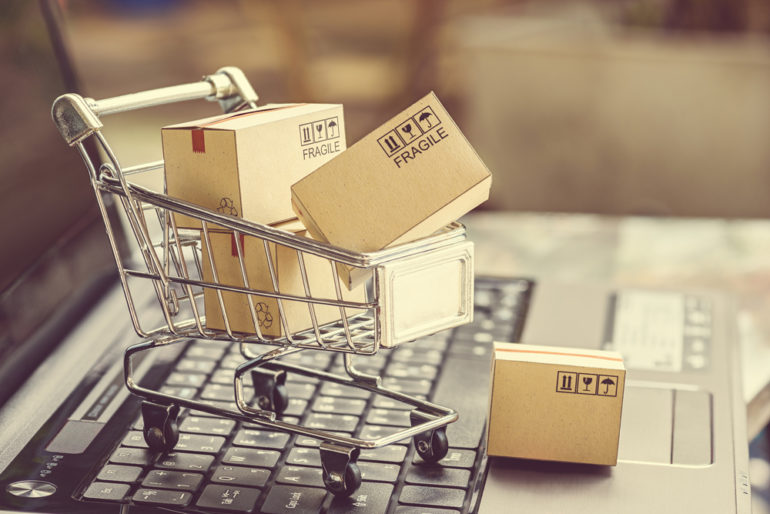
Not only does e-commerce represent the largest single commercial retail sector, but also one of the fastest evolving. With new technologies, modalities and platforms emerging constantly, it can be challenging to stay ahead of the curve.
If you’re a business looking to keep up with the latest movements in e-commerce in 2022 and beyond, take a look at these prevailing trends below and explore ways of integrating them into your operations.
Let Customers Have Their Say
The standards for accountability and customer feedback have developed significantly over the past decade. Now, more than ever, consumers are turning to third party review platforms to assess the quality of service and support provided by your organization.
In line with the maxim that “if you can’t beat them, join them”, a beneficial strategy is to assist your customers in leaving reviews on these platforms. Not only does this cast your store in a beneficial light by demonstrating that you’re open to criticism and accountability, but it enables users to more quickly vet your brand for customer satisfaction.
While some many argue this can be a double-edged sword, particularly if your business has struggled with achieving satisfactory ratings in the past, the reality is that the likes of Trustpilot and Yelp are now part of the ecosystem of modern e-commerce and any steps you can make to facilitate that process are going to beneficial to your brand identity and impact in the long run.
Online Comparison Platforms (OCPs)
OCPs have been among the fastest growing e-commerce sectors in the 21st century, and for good reason. With so much choice now available to consumers, an entire industry has grown up around pairing down the options and providing targeted recommendations for customers accosted with information overload.
Online comparison platforms are mostly closely associated in people’s minds with securities and investments, and it’s true that, to date, the largest and most recognisable platforms belonging to this sector have been focused on connecting people with good rates on financing.
Yet if one looks further afield, it becomes easy to see that online comparison platforms exist, and are operating, within diverse market sectors around the world. One of the most popular applications for these platforms is in retail, with companies like Amazon Marketplace and Pricerunner vying to connect online shoppers with the best deals and offers on thousands of products, from consumer electronics to apparel.
Elsewhere, online comparison platforms have emerged as a leading means by which iGaming aficionados select providers to patronize. For example, Emiratis looking for recommendations on the best online casinos in the UAE have come to rely on ArabianBetting as a leading resource of this information.
This is because this platform not only collates the best casinos available in their market, but, like other comparison platforms, aims to connect them with the most competitive deal – in this respect in the form of special promotions and sign-up bonuses.
Give Patrons Payment Options
The emergence of e-wallets, Fintech banks, and cryptocurrencies have all contributed to impacting people’s spending habits online. While, in the past, it was reasonable to simply provide a secure card payment processor for your customers to use when paying at check-out, increasingly nowadays people have to expect a wider array of options.
While we wouldn’t recommend a brand offer payments in crypto unless it makes up a key part of their marketing strategy, offering alternative payment providers like PayPal, Venmo and CashApp can go a long way in decreasing friction for customers shopping from their smartphones.
Additionally, the rise of Buy Now, Pay Later platforms like Klarna mean that such financing options have come to be expected as the norm in certain sectors such as apparel.
Failing to match features like these if they’re offered by your rivals is a sure-fire way to drive business away from your brand.
Sustainable Focus
Any e-commerce brand worth their salt in 2022 must be doing more than paying lip service to sustainability and green values.
There are many ways that brands can decrease their carbon footprint and environmental impact, from substituting wasteful packaging for recycled cardboard, to offering bundled deliveries or store pick-ups to decrease emissions.
Consumers are coming to expect these measures, and signaling your commitment to improving sustainability can be a determining factor in attracting new customers to your platform.
Words: 721

